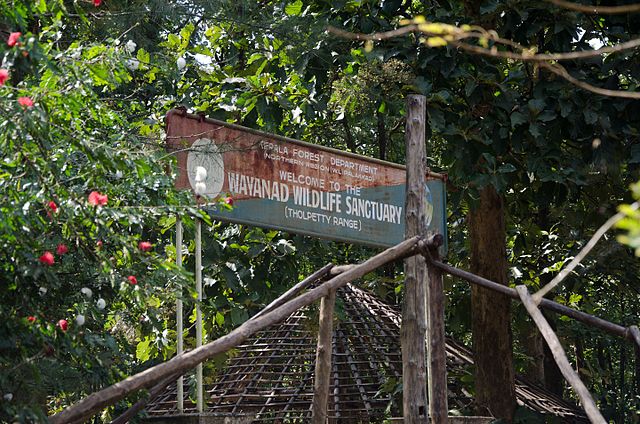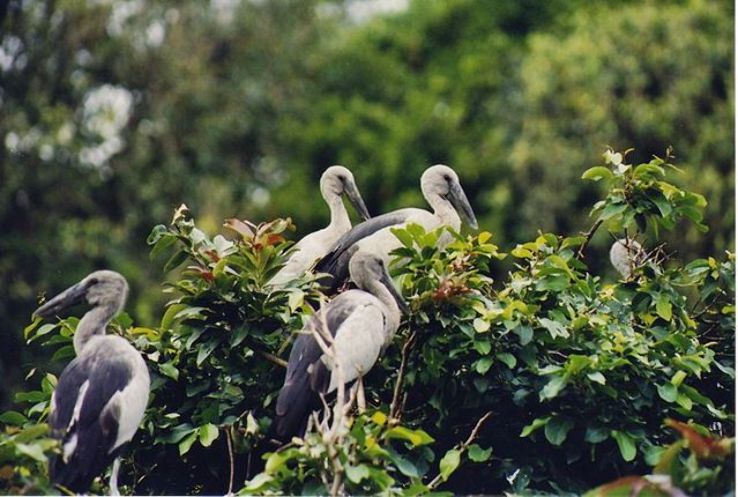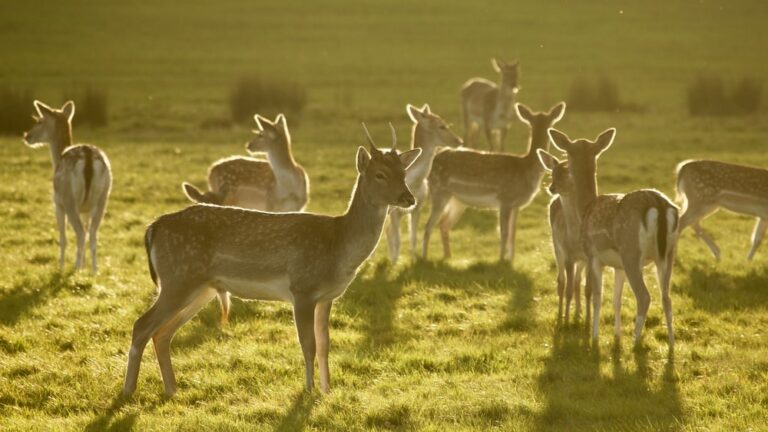Exploring the marvelous Jain Temples in Wayanad
Jainism has been around for centuries. It is one of the oldest religions that exists even today. Jainism, as per inscriptions dating back to 600CE, is said to have expanded when King Chandragupta Maurya inculcated Jainism through Bhadrabhahu- a Jain monk. Bhadrabhahu travelled to Karnataka with Chandragupta Maurya and his followers.
Thus Jainism caught on to other south indian regions gradually. The first evidence of Jainism in Kerala is said to have been from 8th or 9th century CE.
Historically Jainism is often considered as a subsect of Buddhism. Their similar ideologies and world views while vehemently rejecting the Vedic scriptures is one of the predominant reasons why Jainism and Buddhism is often seen as one category.
Both these religions provide a whole new meaning to spiritual enlightenment especially to the higher classes of the society.Both these religions are now indoctrinated by the masses as well.
In present day, you can witness agriculturists near our resort in Wayanad, practising Jainism.
Fundamentally people who follow and worship the teachings of Jina (the conqueror) are considered to be Jains. The two sects of Jainism are Digambara and Shwetambara. As per the Digambara sect, they believe nudity is essential for a pious life. However, they believe women cannot attain Moksha or liberation and most South Indian traditions follow Digambara. There are other sects such as Yapaniya which have more tolerant and liberal views on moksha for women.
Bhadrabhahu was mainly responsible for spreading Jainism to South India.
You can explore the relics and influences of Jainism, when you stay in our resort in Wayanad. The Relics of Jainism is also present in districts of Palakkad and Kozhikode.
It is said that Jains migrated from Karnataka to Southern and Central Kerala from Tirunelveli district by Aramboli pass and Kongu region through the Gap of Palghat. Therefore, Jains in South and Central Kerala have predominant Tamil influences and roots although Jains from Northern Kerala have more connections from Karnataka.
A few kilometres away from our Resort in Wayanad, you can see Varadur inscriptions that are carved in Kannada script and language. Jains from Karnataka are said to have migrated to Wayanad from the early medieval period.
The extent of influence of Jainism in Kerala has influenced the culture, literature and art.
Jains migrating from Karnataka have given Wayanad another layer of cultural and ethnic diversity.
Jainism and Buddhism have made a lot of influence on Tamil literature. Especially in Sangam literature, there are various records of saints and followers of Jainism migrating to the Southern parts of India.
Silappadikaram is a riveting piece of literature that connects Buddhism and Jainism. It also includes Kerala which is an integral part of Jain migrations.
Literature and Scriptures help us understand the migration, settlement and influence of Jainism in Northern, Central and Southern Kerala.
One of the main evidence we find for the settlement of Jainism in Kerala is the prominent Jain temples built. Jain temples dating back from the medieval period can be seen in Kasaragod,Wayanad, Palakkad, Kozhikode and also Ernakulam.
These temples are known as Basadis and they are of two types – rock- cut shelters and mandapa based. There are various rock-cut Basadis in Ernakulam and Palakkad district.
The Jain temples in Kerala are literally segregated as Jhanardhanagudi and Vishnugudi. Jhanardhanagudi is colloquially termed as kallambalam or stone temples amongst locals.
The main components of Jhanardhanagudi temples are the gateway, porch and sanctum.
These rock cut temples or the Jhanardhanagudi are adorned with carvings and embellishments of the interlinked nagas (snakes) on the gateway and a sculpture of Garuda as a dwarapala (door keeper) on the right gateway. The various iconographic representations of Jainism is subtle yet dominant throughout Basadis.
One such example of Basadis is Punchavayal which is a mandapa lined basadi temples complex near our resort in Wayanad.
There are a handful of Jain temples like Puliyamara, Venniyode, Ananthanatha Swami Jain temple , Anjukunnu, Manathavadi, Myladippara and many more in and around our resort in Wayanad.
It is common for Jain basadis to have representation and iconography of Hindu Gods and Goddesses. Many of the Jain temples in Wayanad have a predominant Vaishnavite theme.
When you visit our resort in Wayanad, the Jain temples bring in a blend of history, ideologies and a sense of harmony in difference. This is truly the essence of secularism and layered interconnectivity of culture, religion and ideologies.
Our resort in Wayanad is testimonial to intricately woven experiences that gives you the true nature and essence of this beautiful land.




